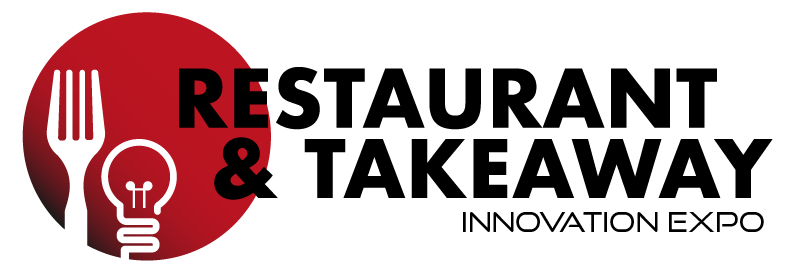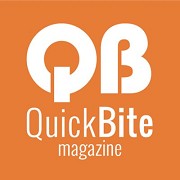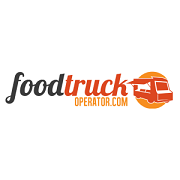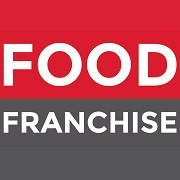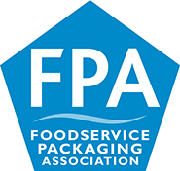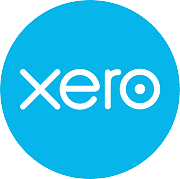Disruption in the hospitality sector
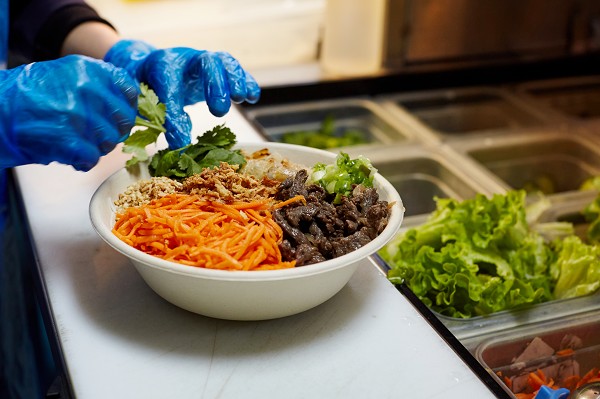


If McDonald's were to launch in 2021, it would have a vastly different business plan and growth strategy to the one when it launched in the 1950s.
The consumerist boom of the 1950s accelerated the rise of convenient fast food like McDonald’s; our modern parallel is unavoidably the global pandemic. What we’ve seen - starting predominantly in the US, followed by London and now very much spread UK-wide - is the acceleration of delivery-only food brands that have menus that are specifically curated and packaging crafted to retain food quality during the delivery process. Some people refer to them as ‘digital’ or ‘virtual’ food brands - only available on platforms like Deliveroo, Just Eat and UberEats.
The food delivery market is flourishing - now worth more than $150 billion, having more than tripled since 2017. In the UK, our recent consumer research found 60% of those surveyed order at least once a week; ordering food is becoming habitualised and more people - especially younger demographics - perceive cooking as more of a ‘hobby’. Global lockdowns have exacerbated the development of ‘digital’ brands but, even pre-pandemic, 52% of global consumers said they felt comfortable ordering from a restaurant that only did delivery.
There’s been a huge shift in consumer attitudes and habits, but the reality is that traditional restaurants are not optimised to thrive in the delivery era; they don’t naturally translate to online, internal processes can be outdated and there is huge competition for consumer attention on delivery platforms.
Apart from some of the major fast food players, like Dominoes for example, no business has ever solely prioritised the delivery channel and designed food for that purpose. McDonald’s is available on delivery now, but its original food menu was never designed to travel - It was meant to be eaten immediately in your car, or in the restaurant.
The boom in delivery platforms now make it possible to reach a customer instantly and to grow exponentially faster than traditional fast-food chains. But there is also an opportunity to disrupt delivery for the better and make delivery food taste as good as it should. The reality is that when the likes of McDonald’s were founded, consumers wanted to eat fast and inexpensively. Now they want to eat fast and well. Quality and transparency are values ??on which they no longer want to compromise.
There is huge potential for digital transformation in the hospitality industry, especially with the recent news that the sector in the UK experienced a devastating £115bn damage over the pandemic.
It’s an exciting time for restaurateurs who have the right entrepreneurial mindset to take advantage of this new model, which is based around:
- Iconic food brands built in collaboration with world-class food influencers and creators - optimised to perform on delivery platforms.
- The right tech stack that streamlines ingredient sourcing, food preparation and analysis of performance.
- A rapidly growing community of kitchen owners that want to innovate their current kitchen operations.
On the third point, it’s great to see more and more ‘traditional’ hospitality business owners - everyone from independent restaurants to bigger groups - seeing the opportunities the latest food innovation can bring to their businesses.
In fact, we still see this model is referred to as ‘digital’ food brands or ‘virtual’ food brands (as I have in this piece!) But, shortly, I don’t believe we’ll use this sort of dystopian terminology - it will just become the norm. And the norm will be the most iconic food experience that customers want to be delivered.
So now is the right time to reshape the restaurant industry and create the McDonalds of the 21st century.





